
The Impact and Legacy of Futurism in Art and Design
In the tumultuous early 20th century, marked by a whirlwind of new inventions and a shift from agrarian to urban...
There are three main types of communication: spoken, gestural, and graphic. Spoken and gestural communications are, in their essence, ephemeral; they require close contact for a message to be sent and received, and after the moment of transmission, it is gone forever.
Graphic communication, on the other hand, decouples that relationship. With its invention, it became possible for the first time for a message to be transmitted and preserved beyond a single moment and place in time. It is a very powerful tool for shaping the world and how we live in it.

Visual communication is the image that appeals to the human sense when it reaches the brain through the eye. It allows the viewer to interpret and response emotionally or physiologically.
Based on the definition from Webster dictionary, graphic design is the art or profession of using design elements (as typography and images) to convey information or create an effect. It is also a product of this art. We can say that it is visually communicating an idea, thought, message, or meaning, to create, inspire, teach, persuade, inform, entertain, enhance, or even change.
Although the term was not coined until 1922 by book designer William Addison Dwiggins, the history of conveying messages by images and typography goes back a long way in time.
The history of graphic design can easily begin from the cave paintings. Back then, prehistoric humans marked their daily lives or the things that they valued as paintings on the walls of the caves in which they lived. Whether for decoration, keeping track of time, preserving hard-won knowledge, conveying experiences, or for religious purposes, the manifestation of human culture can be traced back to 30,000 BC in the Chauvet Cave in the south of France. In other continents and from different time periods, we can find many other rock or cave paintings which are apt testaments to the very long history of graphic design, a history shared amongst humanity.

When examining these paintings, we not only observe graphic representations of living animals, events, and people but also encounter shared symbols that likely originated in Africa, the ancestral home of these people. These visual elements offer rare glimpses into the creative world and imagination of early artists. Over time, these symbols underwent an evolution, transforming into representations of objects or ideas—the earliest form of human writing, predating the introduction of alphabets.
Proto-writing in the prehistory dates back to c. 3000 BC. The earliest texts come from the cities of Uruk and Jemdet Nasr in Mesopotamia and date back to 3300 BC. Early cuneiform writing – distinguished by its wedge-shaped marks on clay tablets, made by means of a blunt reed for a stylus – emerged in 3000 BC.
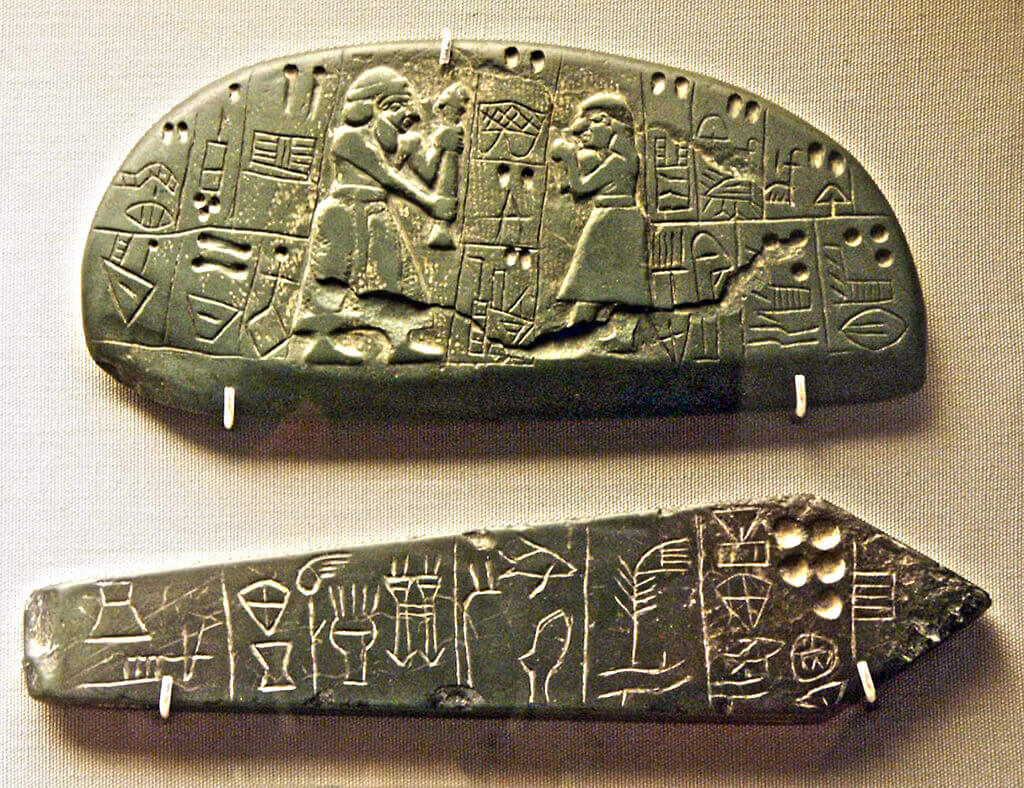
The Blau Monuments, a pair of inscribed stone objects from Mesopotamia now housed in the British Museum, represent the oldest known artifacts combining words and pictures. The Sumerians, founders of the written language, and other ancient civilizations devised marking systems to translate oral language into written form. They utilized stone tablets as the primary medium to preserve these written artifacts. However, preserving and transferring messages written on stone proved challenging. This challenge persisted for the Egyptians along the Nile River until they introduced a revolutionary technology: papyrus.
The development of papyrus around 2600 BC, a paper-like substrate for manuscripts, marked a significant advancement in Egyptian visual communications. In ancient times, the Cyprus Papyrus grew along the Nile River, and the stems were stripped, cross-hatched, and hammered until they formed a single sheet. The Ancient Egyptians utilized papyrus not only as a writing material but also commonly in the construction of various artifacts, including reed boats, mats, rope, sandals, and baskets.
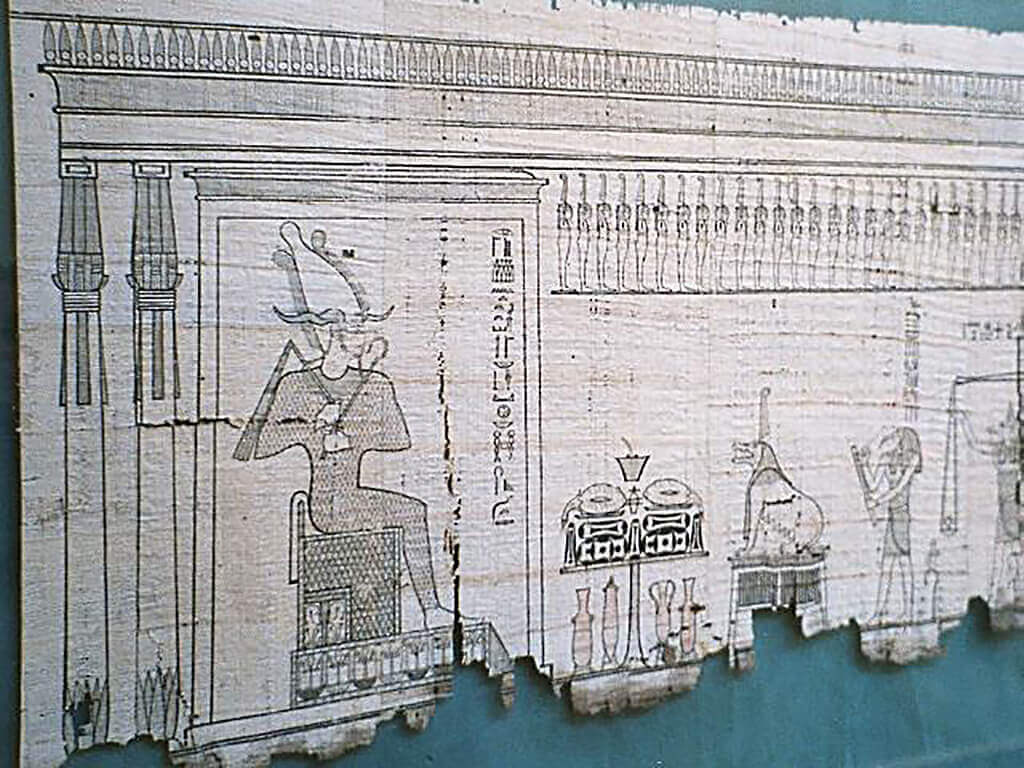
It’s clear that the Egyptians were the pioneers of what is now defined as “visual communication design.” Around 3000 – 4000 BC, Egyptians integrated written messages with images to communicate various socio-cultural values fundamental to their belief system. They employed closely correlated elements in both graphic design and hieroglyphs. The compositions demonstrated a well-balanced and harmonious aesthetic, adhering to certain minimalist principles.

Artists employed flat areas of color to enhance order and clarity, composing figurative scenes in horizontal registers. The figures, intentionally portrayed as emotionless, aimed to avoid the transient aspect of life, emphasizing eternal features and immortality. Whether carving statues or painting figures, Egyptian graphic designers utilized a grid system to adhere to a canon of aesthetics with strict ratios. This grid system allowed artists to create compositions of striking harmony and consistency, scalable to colossal statues or tiny figures in hieroglyphic scripts. The Egyptians believed that depicting scenes such as feasts, hunting in the marshes, harvesting grain, ceremonial offerings, and more could immortalize the pleasures of life, including times of prosperity.
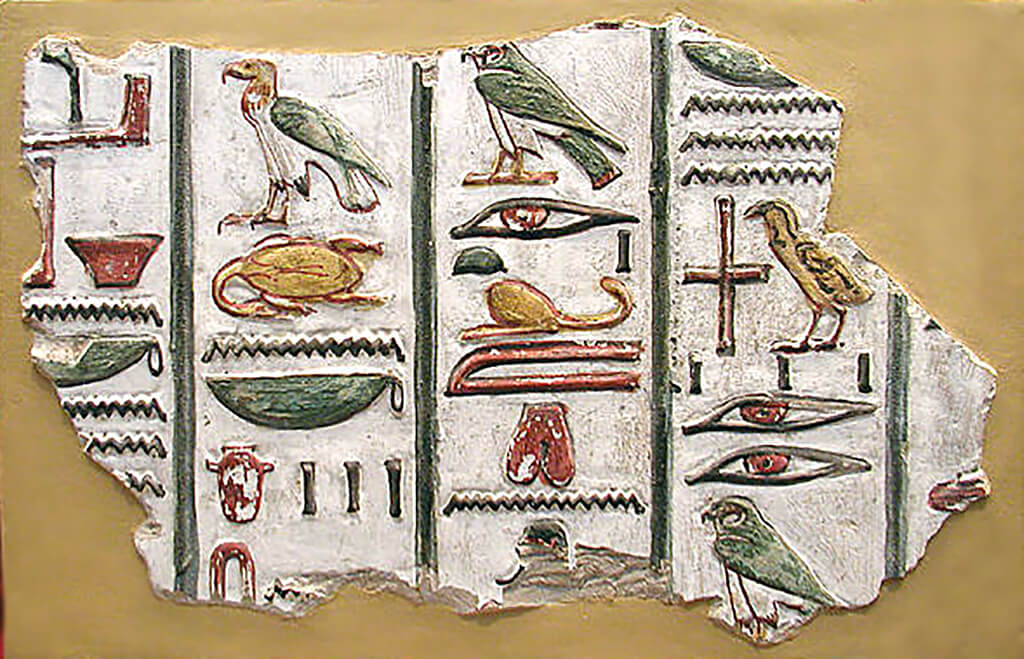
Egyptian hieroglyphs evolved into a sophisticated writing system employed for monumental inscriptions in the classical language of the Middle Kingdom period. During this era, the system incorporated approximately 900 distinct signs. This writing system endured through the Late Period, as well as the Persian and Ptolemaic periods. Late survivals of hieroglyphic use persisted well into the Roman period, extending into the 4th century AD.

From 2000 BC to 500 AD, we witness the emergence of alphabets. In contrast to cave paintings and hieroglyphs, alphabets consist of a set of visual symbols or characters designed to represent the basic sounds of a spoken language. Evolving from the Phoenician to the Greek and Roman versions, the alphabet continued to develop into the familiar form we recognize today.
As inhabitants of the modern age, we often take paper for granted. It is inexpensive, lightweight, and readily accessible. Some even contemplate ways to reduce its use, mindful of its impact on nature. However, it is crucial to recognize the profound significance of paper in human history and its pivotal role in the evolution of modern society. The invention of paper has sparked revolutions in civilization, culture, and education, fundamentally transforming the way people interact with information and each other.
Since the inception of writing, there has been a continuous effort to discover materials that are more convenient and economical than papyrus or parchment. Various substances, including bones, bamboo slips, wooden boards, and even tortoise shells, were employed as writing surfaces. However, these alternatives presented challenges—they were not only heavy but also occupied significant space, making them impractical for easy portability.
It indeed took around 3000 years for the invention of paper. Paper was first developed around 100 AD in China. In 105 AD, during the Han Dynasty under Emperor Ho-Ti, a Chinese government official named Ts’ai Lun (Cai Lun) initiated the paper-making industry. Ts’ai Lun utilized bamboo fibers and the inner bark of a mulberry tree. By adding water and pounding the mixture with a wooden tool, he created a pulp. This pulp was then poured over a flat woven cloth to allow water drainage. Once dried, only the fibers remained, and Ts’ai Lun realized he had produced a lightweight material with an excellent writing surface. He also experimented with other materials for paper-making, such as remnants of hemp, tree barks, fishnets, and linen rags.

Ts’ai Lun’s paper invention indeed marked a significant breakthrough, and in the subsequent years, the Chinese widely adopted paper for writing. The availability of paper led Buddhist monks in China to explore methods for mass-producing prayers. By around 384 A.D., the art of papermaking extended to East Korea and later reached Japan. The technique further spread to Tibet around 650 A.D. and eventually made its way to India. For many centuries, the Chinese guarded the papermaking process as a closely held secret. However, during the Tang Dynasty war in 751 A.D., the Arab Empire captured Chinese soldiers and papermaking workers. This event resulted in the transfer of papermaking skills to the Arab nations. Through the Arabs, the knowledge of papermaking proliferated, reaching Africa and Europe. As a result, papermaking skills became widespread globally.
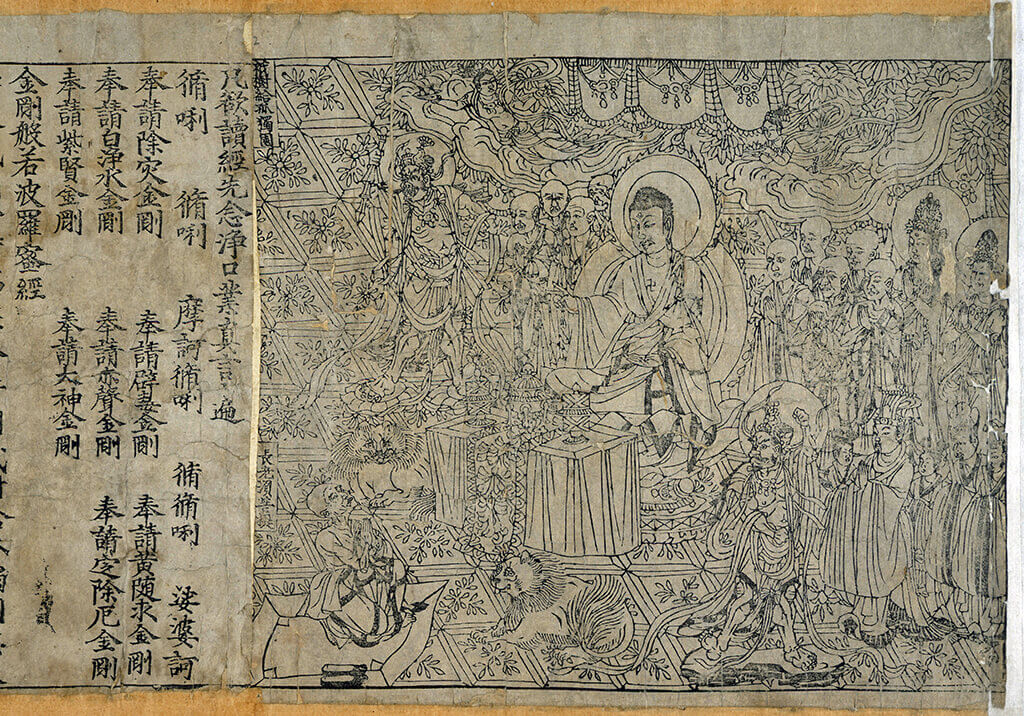
The advent of paper indeed transformed the methods of teaching and learning, accelerating the progress of civilization, culture, and literature. The introduction of an affordable and accessible writing surface meant that ideas, teachings, and philosophies could be readily disseminated to a wider audience. Education became a more manageable task, and communication with individuals at a distance became simpler. The accessibility of paper played a crucial role in democratizing knowledge, fostering intellectual exchange, and contributing to the advancement of societies across the globe.
We will continue to delve into the advancements that unfolded in the wake of the invention of paper in our next post.

In the tumultuous early 20th century, marked by a whirlwind of new inventions and a shift from agrarian to urban...

As the twentieth century unfolded, emerging artists sought inspiration beyond the intricate designs of the Victorian era, Art Nouveau, and...

The Art Nouveau movement, which flourished in the late 19th and early 20th centuries, was characterized by its ornamental and...
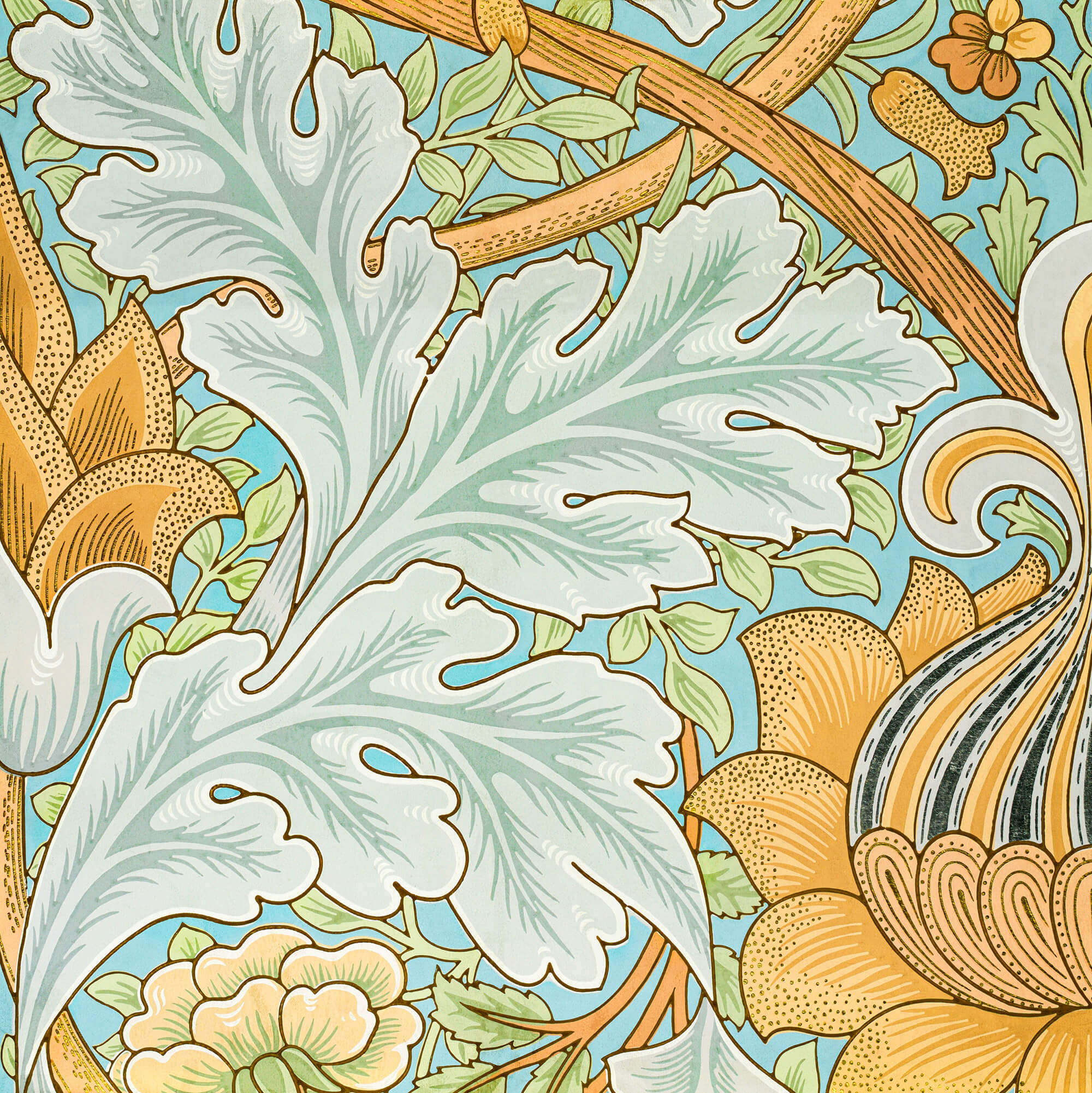
As the 19th century unfolded, the city of Paris became a hotbed of optimism and creativity, fueled by a confluence...

In the mid to late 19th century, the technological change was a big driving force, just like today. The new...

While these developments were happening, the deskilling of the craftsman and manufacturing of mass-produced items, expansion of factories and even...
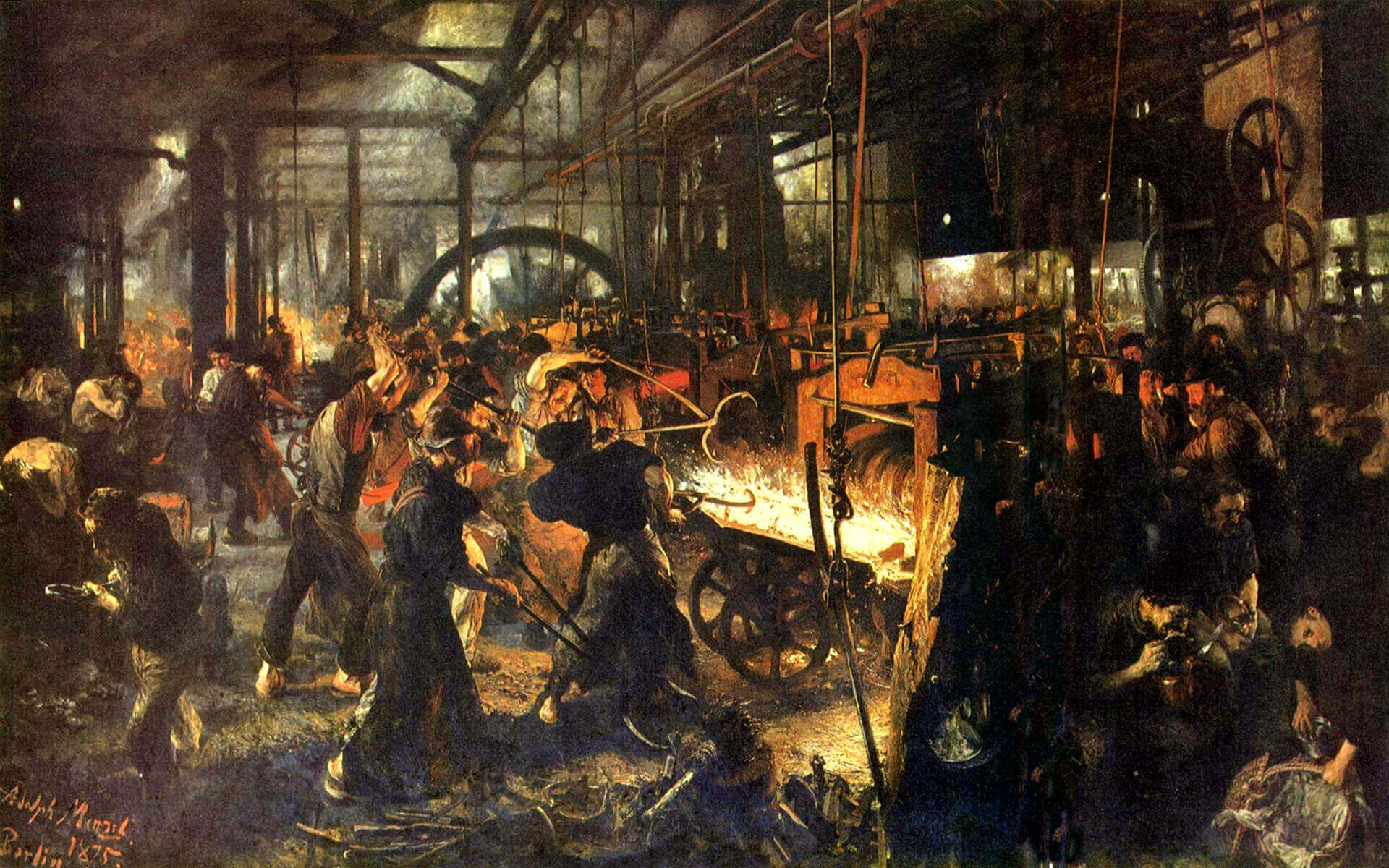
Before industrialization, things were made in small numbers, carrying the emotions and fingerprints of its creator as a result of...
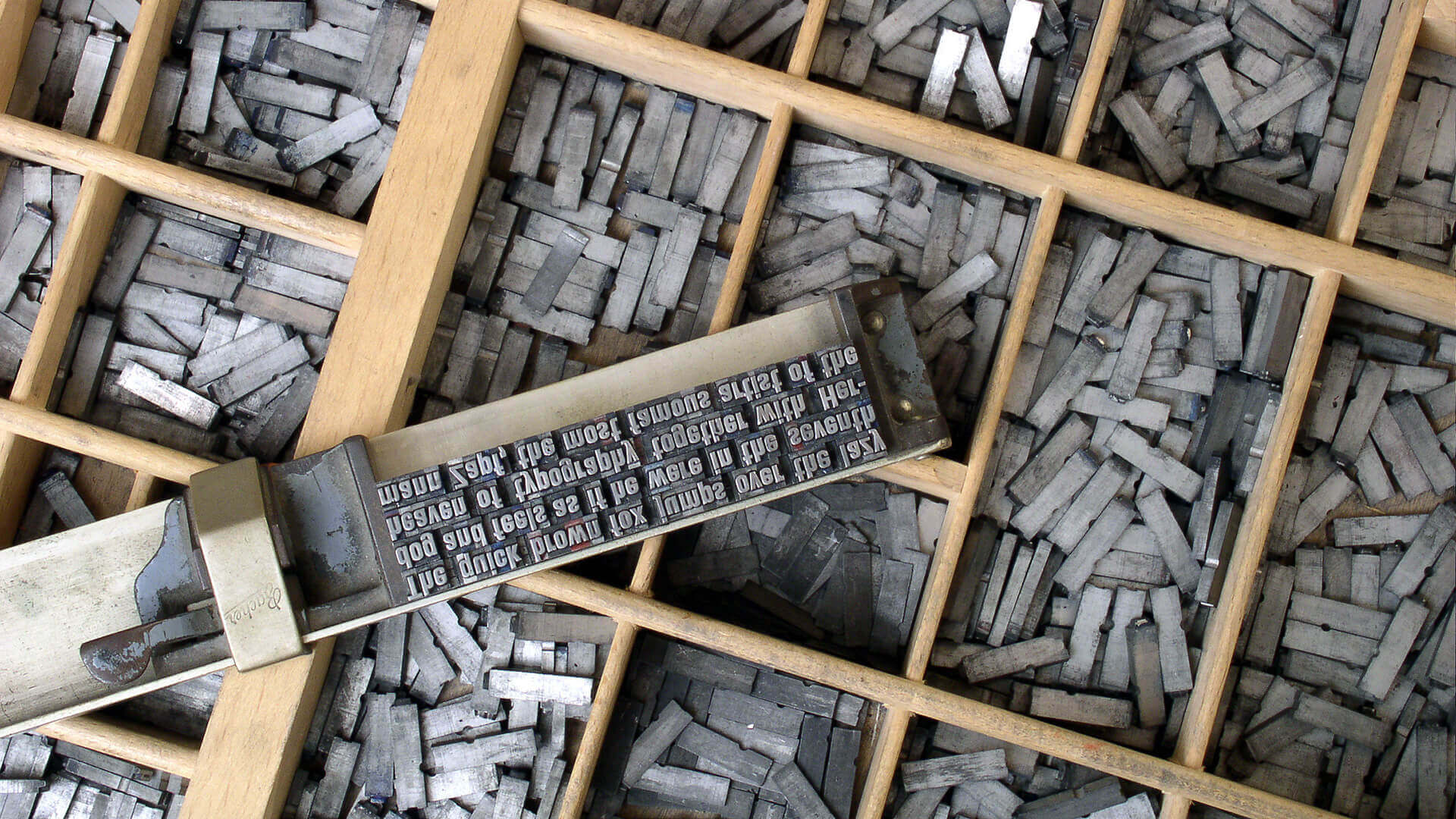
In 1400s AD, after several years of focused experiments, Johannes Gutenberg made the system scalable and led the way for...

The history of graphic design begins with the cave paintings. The prehistoric humans were marking their daily lives or the...

Starting from a simple stone ax, throughout the history we created a man-made environment, to survive and control the world...